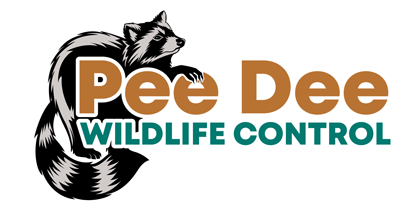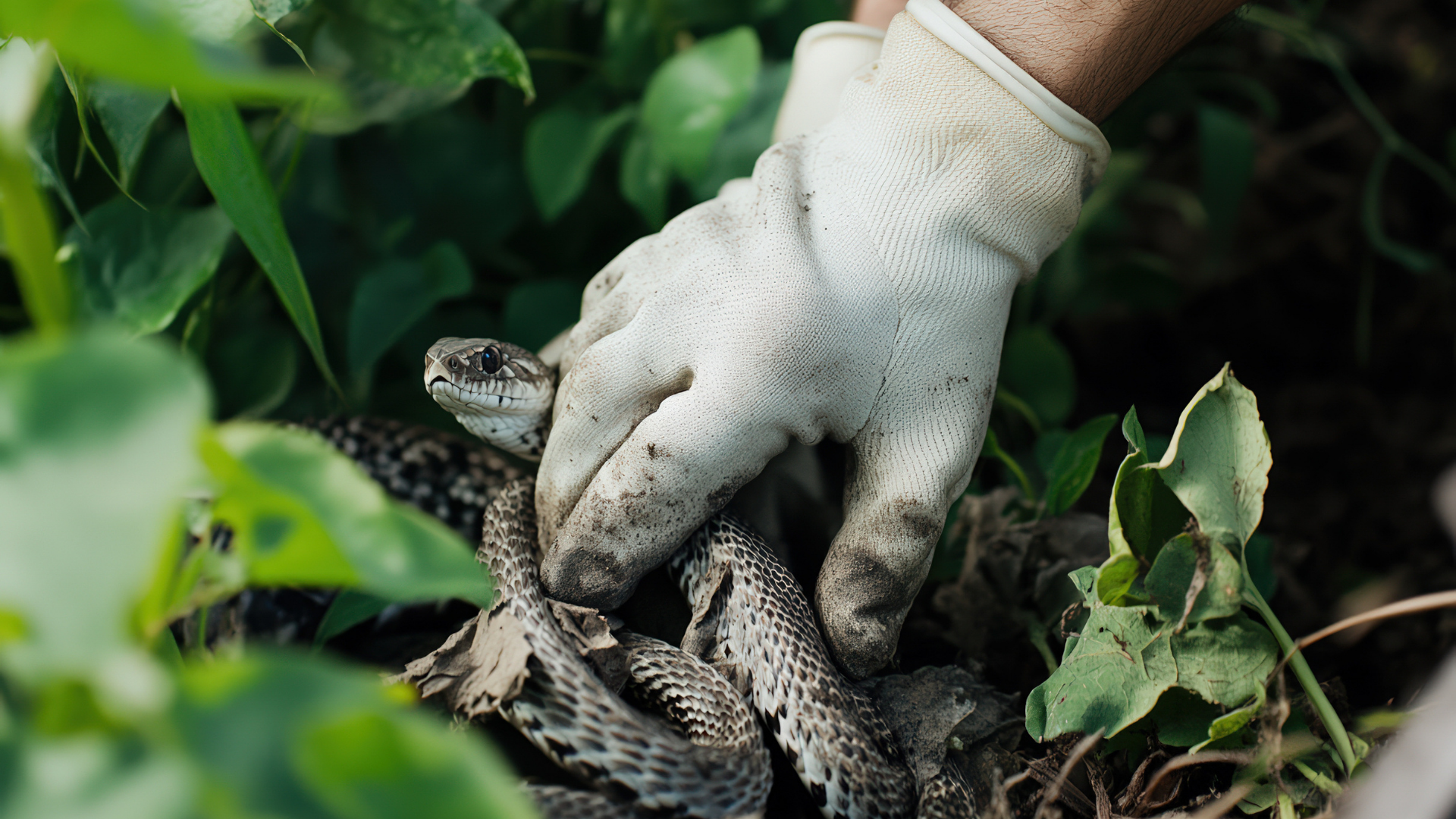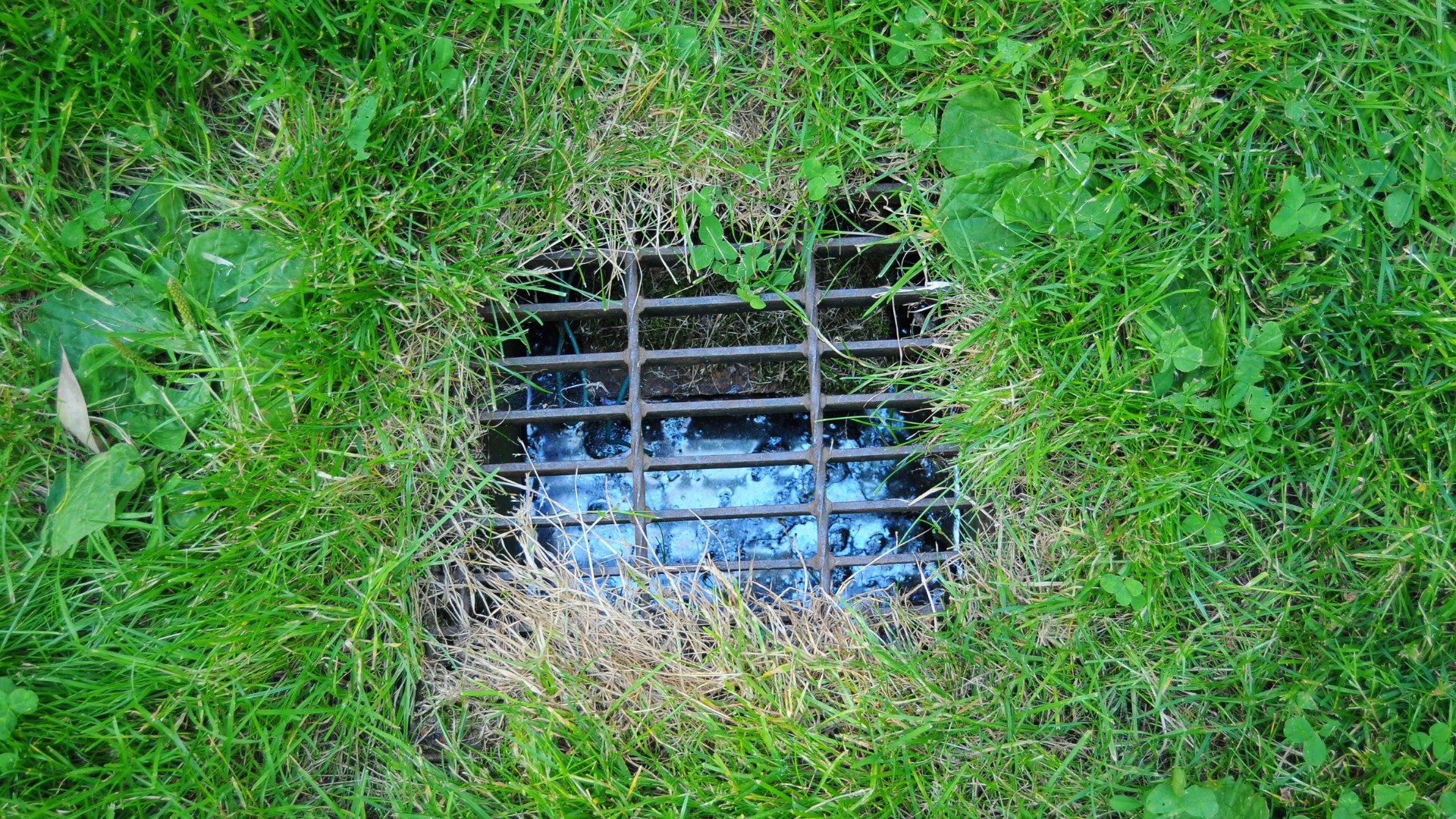How Wildlife Affects Property Value
Financial Impact Of Animal Infestations On Real Estate
Wild animals may seem harmless when spotted briefly outside, but once they find their way into attics, basements, or walls, they can create a ripple effect of problems that extend far beyond nuisance. Real estate experts frequently factor in the condition of a property when evaluating its worth, and evidence of past or current wildlife activity can drag that number down. Even long after the animals have been removed, the destruction left behind often lingers, sometimes in ways that aren’t immediately visible. Understanding the connection between wildlife intrusions and property value gives property owners perspective on why timely intervention and thorough remediation matter so much.
Structural And Aesthetic Damage
When critters manage to invade a home or business, they rarely stay quietly tucked away. Rodents gnaw through insulation and electrical wires, raccoons tear up shingles and soffits to create entry points, and birds leave acidic droppings that eat away at exterior surfaces. Each of these actions weakens the physical integrity of the structure. A home inspector or potential buyer who spots chewed wiring, stained ceilings, or warped beams will immediately view the property as less appealing.
Damage like this also triggers a chain of costs. Electrical issues may require rewiring, roofing may need replacement, and water intrusion from broken barriers can lead to mold that spreads silently behind walls. Even when a quick patch job covers up the most obvious signs, deeper harm often reveals itself during inspections. The reality is that what might look like a minor inconvenience can escalate into a negotiating point that slashes thousands off a property’s asking price.
Cosmetic concerns shouldn’t be underestimated either. Strong odors, dark stains, and gnawed corners create a lingering impression that the building hasn’t been cared for. Real estate buyers tend to project future headaches onto what they see during a tour, and once they suspect a house or office had a pest issue, confidence in its long-term durability fades.
Health Concerns And Contamination
Beyond broken boards or chewed wires, wildlife often leaves behind something much harder to deal with: contamination. Droppings, urine, and nesting materials are not only unsightly but can harbor bacteria, parasites, and fungal spores. Long after animals are gone, these materials remain in crawlspaces, attics, or ventilation systems, quietly affecting air quality.
Potential buyers are increasingly aware of environmental health risks, and word of past infestations can make them think twice. Even if the structure looks fine, the idea that droppings or decayed nests may be present is enough to lower perceived value. A property might technically be habitable, but the stigma of contamination can linger, making it harder to sell quickly or at market value.
The cost of proper cleanup adds to the equation. Removing droppings, replacing insulation, and disinfecting affected areas aren’t do-it-yourself weekend projects. Specialized protective equipment and professional-grade disinfectants are required to do the job thoroughly. When a prospective buyer realizes they’ll need to invest in this type of remediation, they often demand concessions or walk away entirely.
Long-Term Financial Implications
Wildlife damage has a way of compounding over time. A squirrel’s nest might start with shredded insulation, but if unnoticed, the resulting drafts lead to higher utility bills and moisture problems that trigger additional repairs. A raccoon’s entry hole may seem small at first, yet it weakens the roof enough for storms to cause leaks. Each delayed repair chips away at the overall value of the property.
Insurance companies also take wildlife damage into account. Many policies have exclusions for rodent infestations, and repeated claims tied to animal activity can raise premiums. For property owners considering resale, that history may make their investment less attractive. Buyers are often wary of properties with a record of damage-related insurance claims, even if those claims have been resolved.
Then there’s the reputational aspect. Rental properties or commercial buildings that earn a reputation for wildlife issues can face higher vacancy rates. Tenants want reassurance that they’re moving into a place free from such problems, and if they hear otherwise, they may look elsewhere. The financial fallout from wildlife activity can therefore extend far beyond immediate repair bills—it influences market perception and profitability.
Why Professional Remediation Matters
One of the most misunderstood parts of wildlife removal is what happens after the animals are gone. The initial relief of knowing raccoons or bats are no longer present can overshadow the reality that their damage and waste remain behind. These remnants not only reduce property value but also create conditions that may attract new intruders.
Professional mitigation addresses more than just sealing entry points. It involves a detailed assessment of structural harm, careful removal of contaminated materials, and restoration of compromised areas. Attempting to handle it without training often leads to incomplete results. Contaminated insulation left behind in an attic, for example, will continue releasing odors and allergens into the air system. Weak spots in roofing or siding that aren’t properly repaired become gateways for the next wave of animals.
This thorough approach not only restores property value but also prevents future devaluation. By eliminating contamination, repairing structural weaknesses, and applying exclusion methods, a property is far more appealing to potential buyers or tenants. It demonstrates diligence and care, qualities that resonate strongly in the real estate market.
The impact of wildlife on property value can’t be brushed aside as a minor nuisance. Damage to structural elements, lingering contamination, and the financial consequences of neglected repairs all add up to a significant hit. Even after animals are removed, the aftermath requires attention that goes beyond quick fixes. Professional remediation is what bridges the gap between a house that looks fine on the surface and one that truly retains its worth in the market.
At PeeDee Wildlife, we understand the full scope of these challenges. Our work doesn’t stop at removing the immediate problem—we focus on restoring integrity and addressing the hidden issues that could harm long-term value. If you’ve noticed signs of unwanted wildlife in your property, or if you suspect that past intrusions may still be affecting your home or business, don’t hesitate to contact us today. Taking action now can help preserve your investment and keep its market potential strong.


